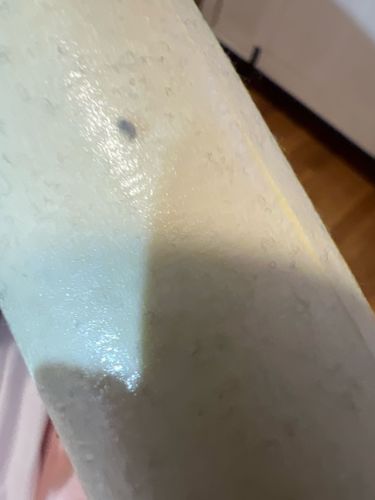Black Sap Beetle or Picnic Beetle
Scientific Name: Glischrochilus quadrisignatus (or similar Nitidulidae species)
Order & Family: Coleoptera, Nitidulidae
Size: Typically 3-5 mm (0.12-0.2 inches) in length.

Natural Habitat
Found in decaying fruits, vegetables, tree sap, and sometimes associated with corn ears and other field crops. They are also attracted to fermenting liquids and odors, often found around picnic areas, hence the common name.
Diet & Feeding
Primarily feed on fermenting plant juices, decaying fruits, vegetables, and sap. They can also feed on developing corn kernels and other sweet, soft plant materials.
Behavior Patterns
Attracted to ripe and overripe fruits and vegetables, as well as sap flows on trees. They are often active during warm weather and are strong fliers. Females lay eggs in decaying organic matter or in damaged plant tissues. Larvae develop within this decaying material. They can be found in large numbers when food sources are abundant.
Risks & Benefits
Potential risks include being a pest in agricultural settings, particularly in corn, raspberries, and other soft fruits, where they can cause damage by feeding and creating entry points for fungal pathogens. They can also be a nuisance at outdoor gatherings due to their attraction to food and beverages. Benefits are minimal, primarily acting as decomposers in natural environments, but their pest status often overshadows any benefits.
Identified on: 9/22/2025